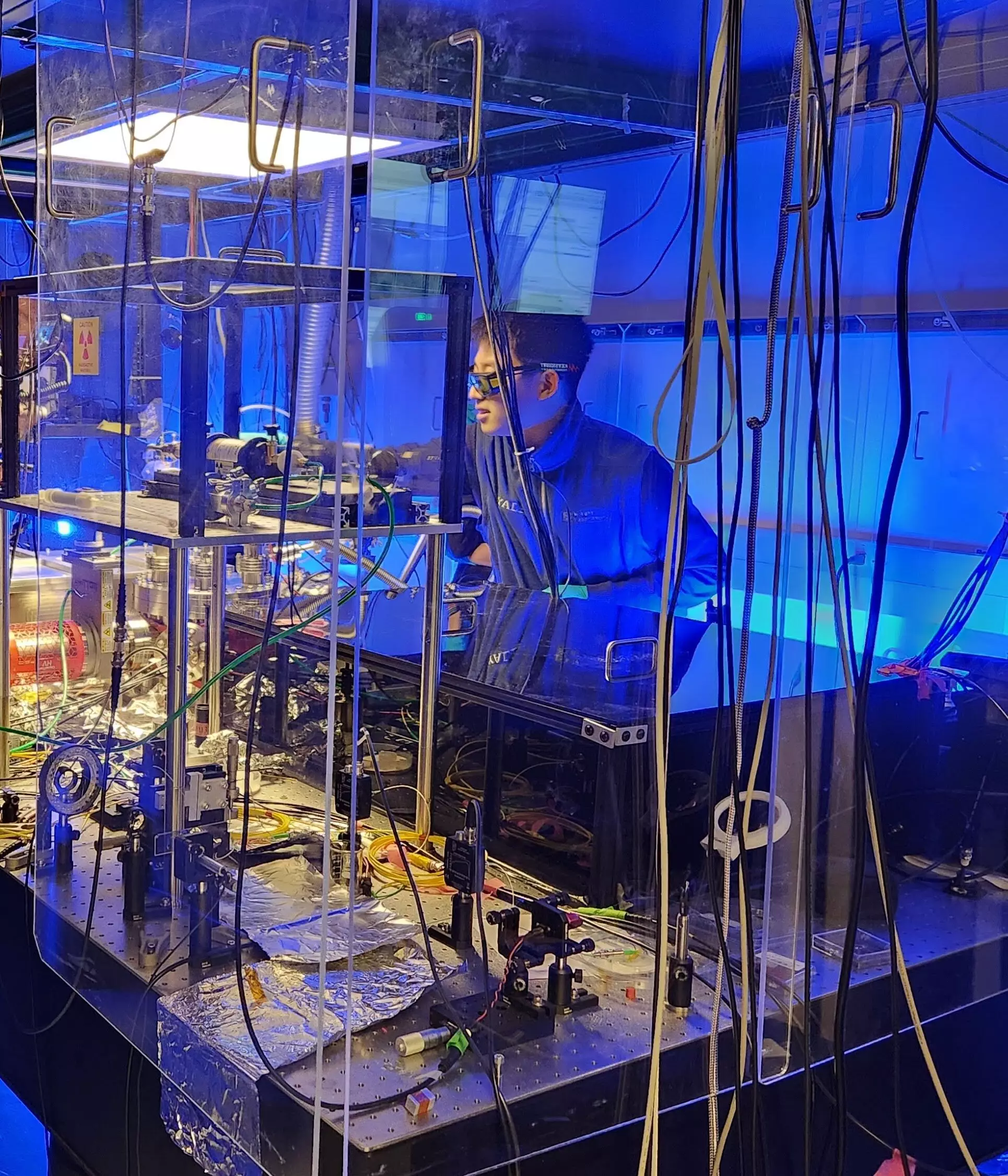

In the realm of physics, the mere act of observing particles can unveil mysteries that lie at the very heart of our universe. The journey to understanding subatomic particles has taken new strides in recent years, largely fueled by the advancements in detection technologies. Scientists are no longer confined to traditional methods that often fail to capture the complexities of nuclear processes. Particularly, the work being done at Yale University stands out as a beacon of innovation and ambition, potentially transforming our approach to particle detection.
Recently, a team of researchers led by David C. Moore introduced a method capable of mechanically detecting an individual nuclear decay. This is not just a minor enhancement but a significant leap forward that could redefine how physicists study unstable atomic nuclei. Traditional detection methods struggle to capture neutral particles—those elusive entities that wield considerable influence yet remain cloak-and-dagger. The Yale approach breaks through this barrier by employing micron-scale force sensors that can identify the forces produced during a decay event.
Moore’s work embodies a fundamental paradigm shift. Unlike previous detectors, which often miss neutral particles, this method opens a window to monitoring every minute detail of nuclear decay. By implanting radioactive nuclei in tiny dust-sized particles and observing the minute shifts in electric charge when the nuclei decay, the researchers have created a system that could detect as little as one nuclear decay event per day.
The implications of this innovative technique extend far and wide. Imagine being able to observe the minute activities within dust-sized particles that could aid in nuclear monitoring and understanding non-proliferation issues. The power to detect individual decays of long-lived isotopes could also propel research into various fields, from nuclear physics to environmental studies.
This advanced detection method not only enriches our understanding of nuclear reactions but also enhances our capacity to explore phenomena like dark matter—an enigma that has fascinated scientists for decades. Just envision the possibility of capturing the energy from single neutrinos, particles that so easily escape detection yet hold keys to untold secrets about the universe.
However, with great ambition comes equally formidable challenges. The meticulous nature of the experimental setup poses hurdles; researchers must ensure unparalleled precision in their measurements. The ability to detect a single event is a double-edged sword—while it heralds exciting discoveries, it can also lead to inconclusive results if not executed flawlessly. The sensitivity required can amplify every slight fluctuation, potentially leading to false positives or ambiguities in data interpretation.
Furthermore, translating these laboratory improvements into practical applications requires extensive validation and a robust understanding of the broader implications these methods carry. The transition from academic ingenuity to real-world utility often encounters bureaucratic and technical hurdles that are not easily surmountable.
Looking ahead, the team’s ambitions extend beyond current capabilities. The prospect of applying these newly developed techniques to smaller nanoparticles could revolutionize how we detect fundamental particles. Each advancement paves the way for deeper engagement with the fundamental constituents of matter and the forces that govern them.
Moreover, as the team aims to scale down their methods for even finer measurements, the horizon for particle physics research expands enormously. We stand on the brink of potentially groundbreaking findings that could disrupt our understanding of fundamental physics and uncover new dimensions of reality.
As physicists and engineers collaborate to innovate, we witness how breakthroughs in detection technology provide profound insight into the fabric of our universe. It is an exhilarating time in the field of particle detection, and the endeavors undertaken at Yale University may well serve as a catalyst for an unprecedented era of discovery. The exploration is just beginning, and the universe may have many more secrets waiting to be revealed by those daring enough to look.
Foreign direct investment (FDI) in developing nations has long been heralded as a path to…
As spring beckons in April and May, stargazers have the unique opportunity to witness nature's…
Active matter, a term that refers to systems where individual components can consume energy to…
In a groundbreaking development, a research team led by Prof. Chen Changlun at the Hefei…
The inevitability of aging is experienced differently across individuals, influenced by a complex interplay of…
When we delve into the cataclysmic events that led to the destruction of Pompeii almost…
This website uses cookies.